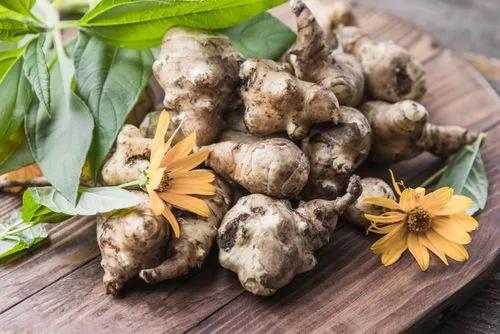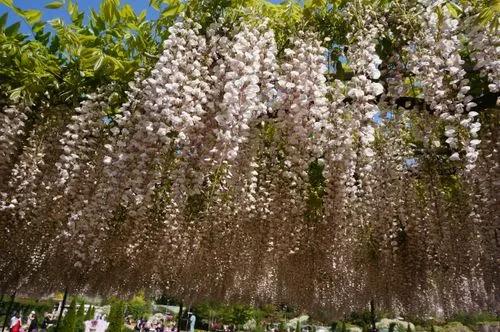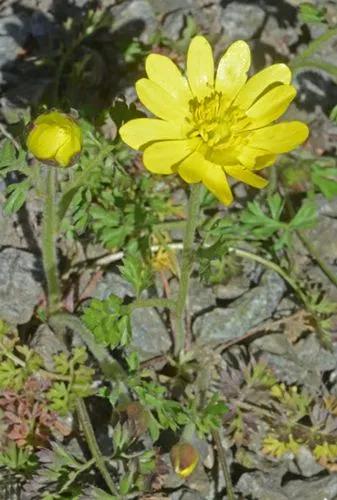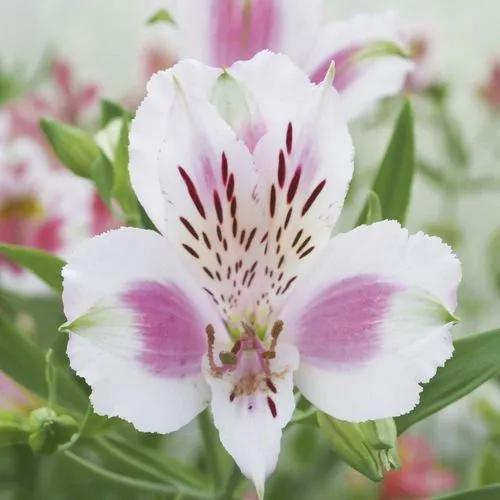It is a low-growing annual herbaceous plant in the genus Lysimachia of the family Primulaceae. In a comparison of DNA sequences, L. foemina was shown to be most closely related to L. monelli. It had been thought by many to be closest to L. arvensis, and some authors had even included L. foemina as a subspecies of L. arvensis, as Anagallis arvensis subsp foemina. These three species (L arvensis, L foemina and L monelli) were among several transferred from Anagallis to Lysimachia in a 2009 paper.Lysimachia foemina has weak, square and sprawling stems growing to about 5–18 centimetres (2.0–7.1 in) long,[7] which bear bright green sessile leaves in opposite pairs. The leaves are usually lance-shaped about 7–11 mm (0.28–0.43 in) wide and 12–16 mm (0.47–0.63 in) long, although some leaves, especially the lowest, may be ovate.
Blue Pimperne Care
Lysimachia foemina



The small flowers are about 8 mm (0.31 in) in diameter, have a short stalk, are produced in the leaf axils and are usually blue. They have five lanceolate sepals and five petals. The filaments are about 3 mm (0.12 in) long, with showy yellow anthers. The flowering period extends from April to October. The hermaphroditic flowers are pollinated by insects (entomogamy). The fruit is a spherical capsule up to 4 mm (0.16 in) in diameter containing about 15 seeds.This cosmopolitan plant is native to central and southern Europe and has been introduced in Africa, northern and eastern Asia, North and South America and western Australia.It grows in scrub, uncultivated soils and grasslands. It prefers dry, nutrient- and lime-rich soils, at an altitude of 0–1,200 metres (0–3,937 ft) above sea level.
How to Care for the Plant

Popularity

82 people already have this plant 25 people have added this plant to their wishlists
Discover more plants with the list below
Popular articles






